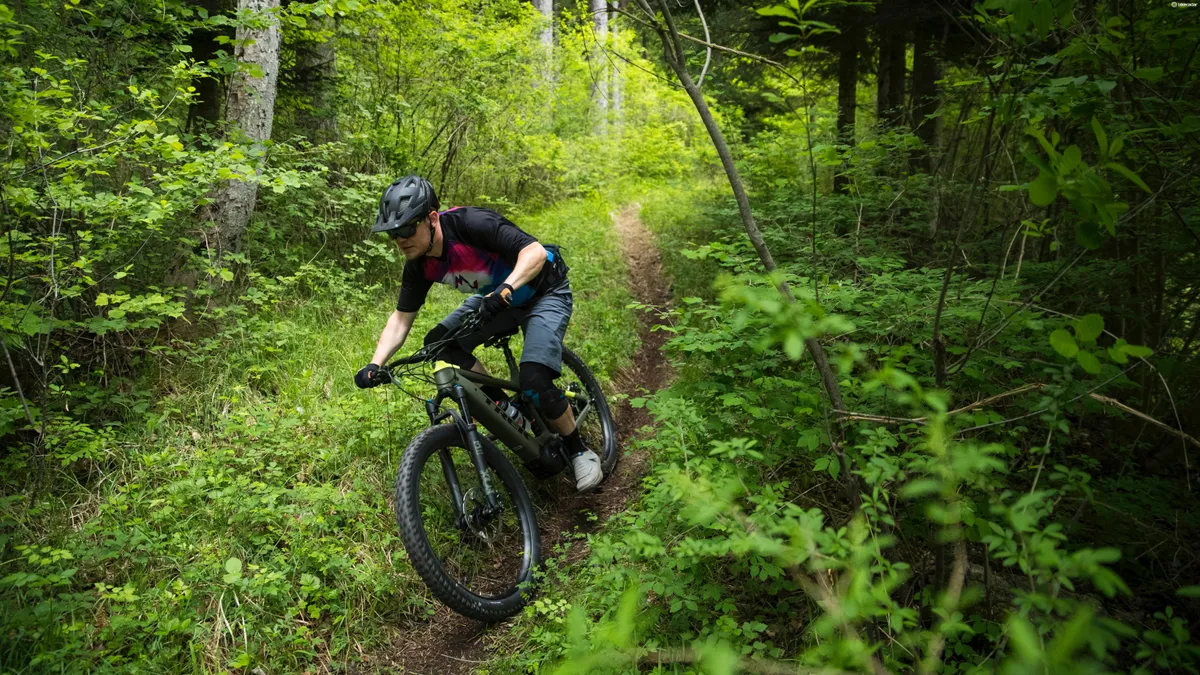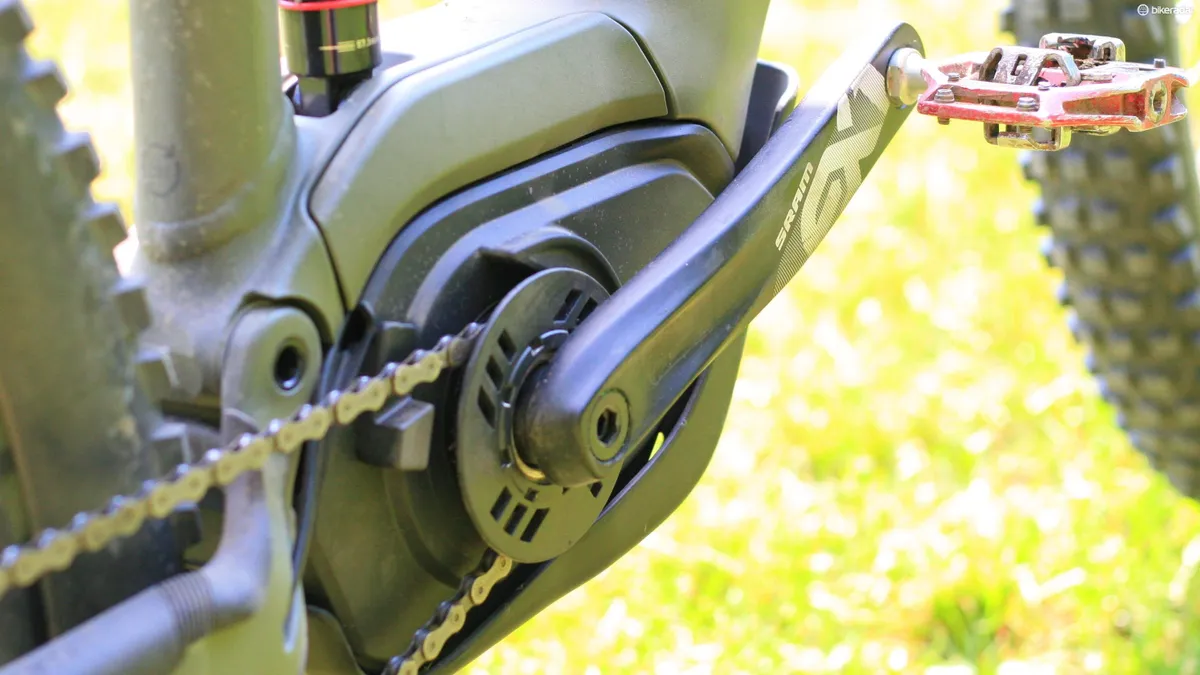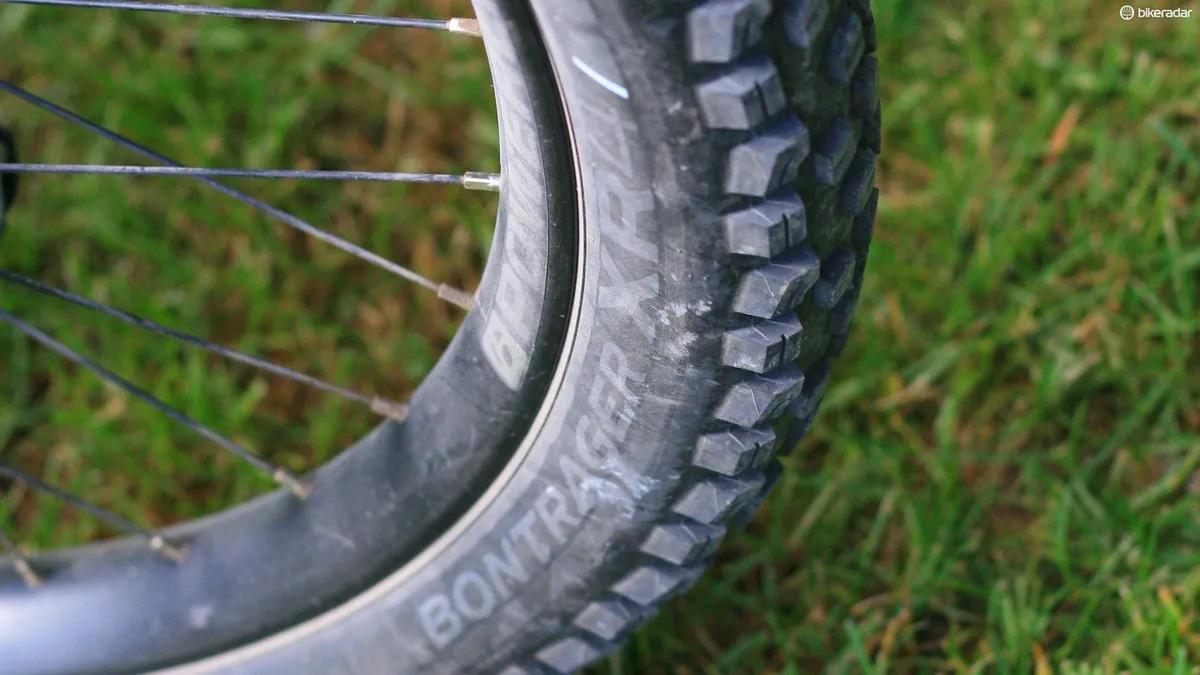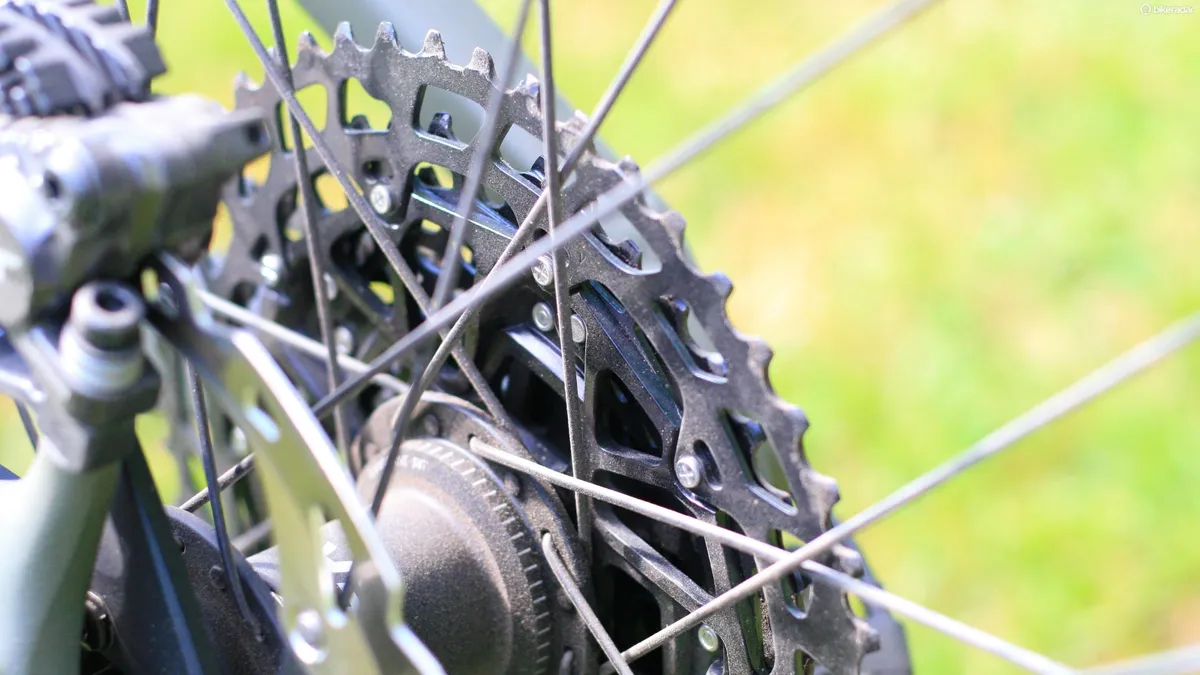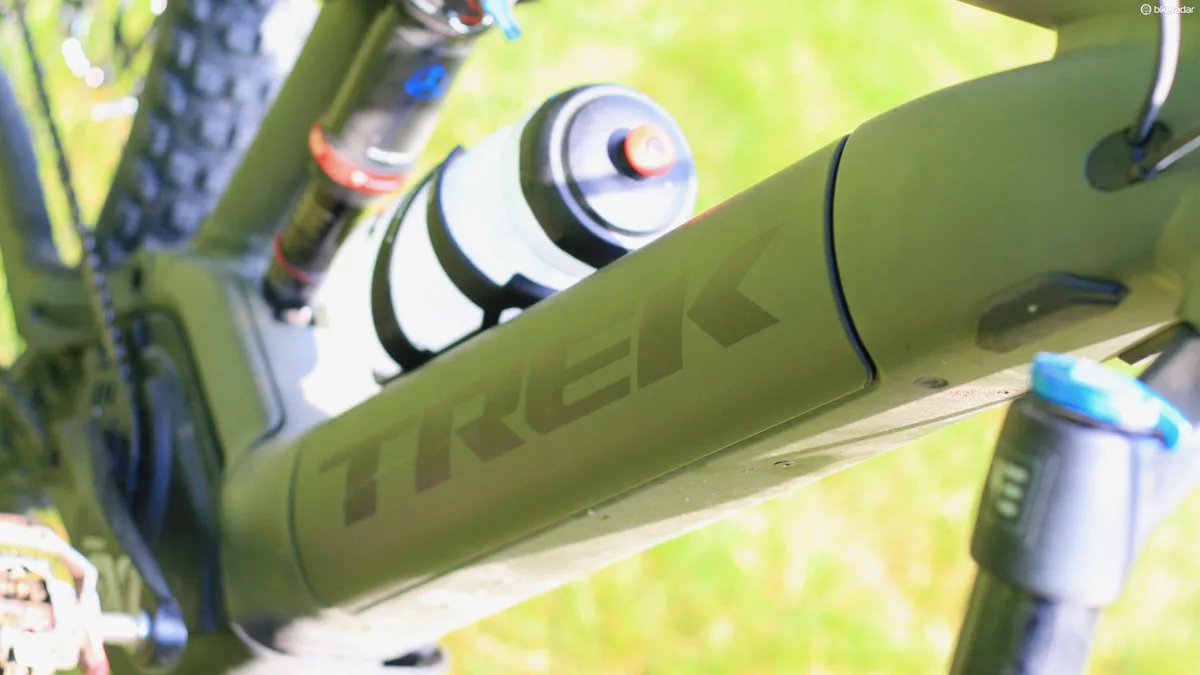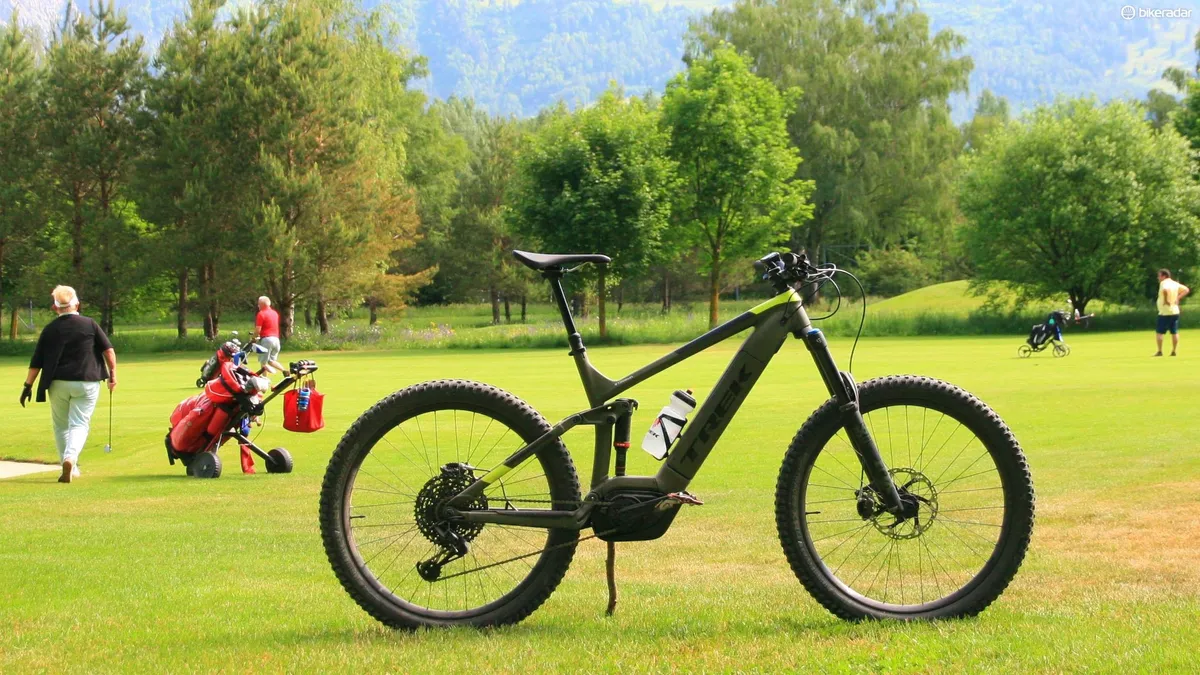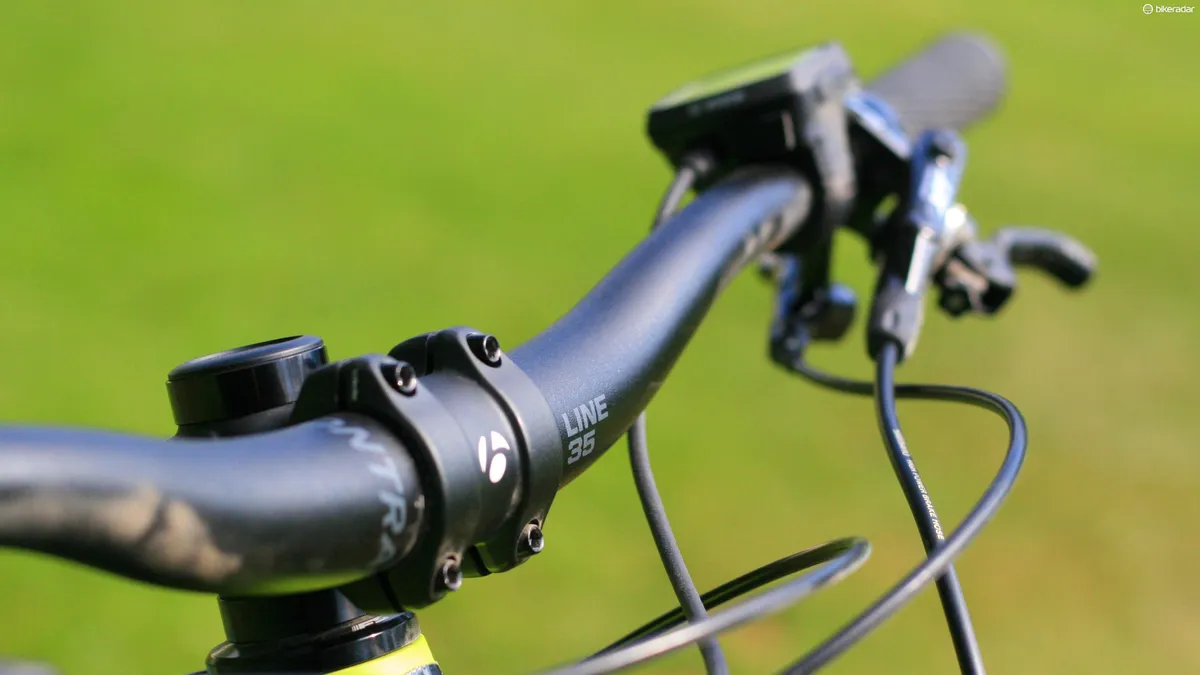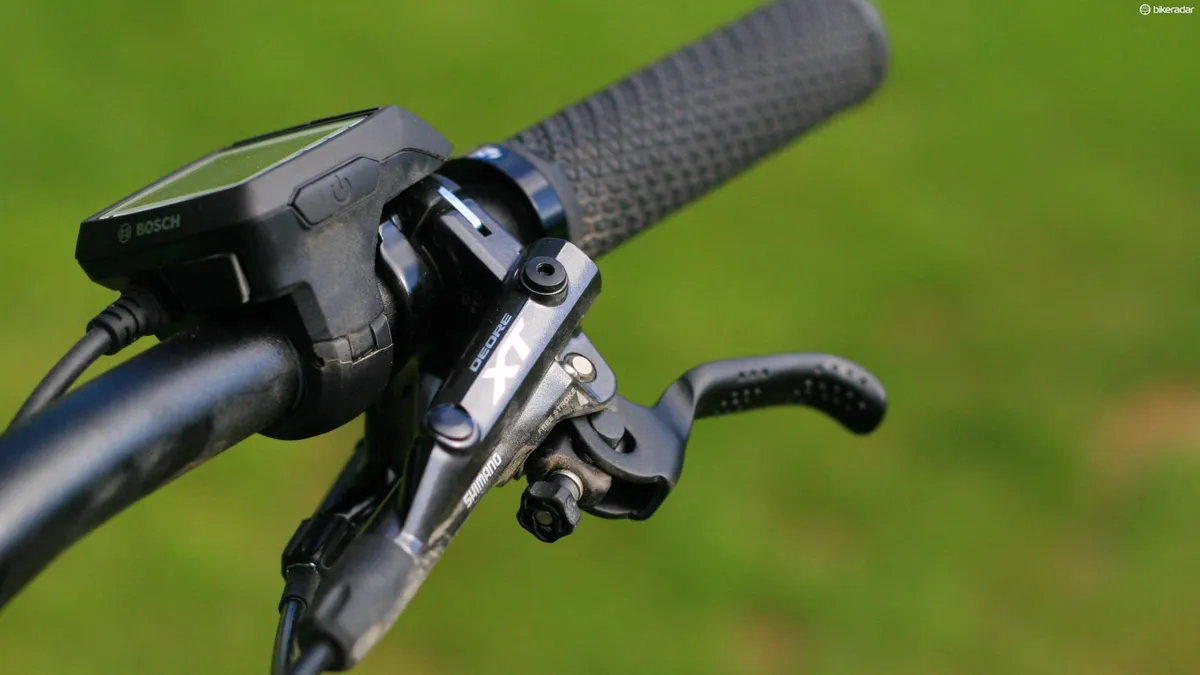Trek’s e-MTB Powerfly line-up is rather large, covering hardtails, women’s bikes, 130mm full suspension models and even one that looks great for commuting. But it’s the 150/160mm LT versions that interest us most — after all, bigger is better.
Trek is adding OCLV carbon models to the LT range of bikes this year, but the LT 9 looks to be one of the choice models in the range.
- Trek add carbon and better integration with the new Powerfly range
- Why you should care about e-bikes

The Trek Powerfly LT 9 is its top-level longer travel e-MTB
Trek Powerfly LT 9 frame
The frame features Trek's new side-loading integrated battery (RIB), which pops out of the driveside of the down tube. The company believes riders tend to lean their bike on the floor on the non-driveside when they take the battery out of the bike, so this makes life more simple.
The battery also has a flip-out handle to make it easier to carry around, plus removal of the battery is tool-free.
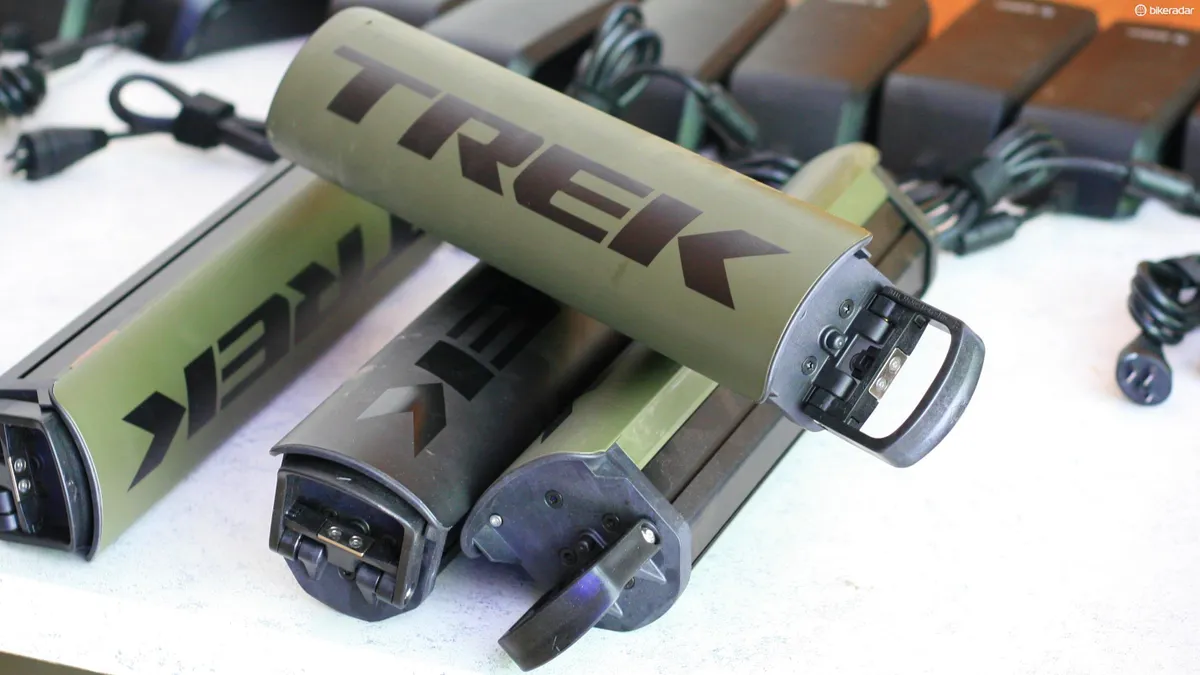
The frame’s geometry includes a long 475mm chainstay. This, Trek says, is to aid technical climbing, because the front wheel is less prone to lifting. At the front, the 19.5in size (effectively Large) comes with a 448mm reach in the bike’s low setting (I generally never bother with a high setting anyway).
This is fairly short for the size of the bike, but still gives a 1,251mm wheelbase, which is on the long side. The head angle is a slackish 65.5 degrees and the effective seat angle is also slack at 73 degrees. The bottom bracket sits at a height of 344mm.
Trek uses its ABP suspension linkage on the Powerfly LT. The rear pivot is concentric to the rear axle, and there’s a rocker link driving the shock, which sits fixed at its other end to the frame (as opposed to it being a full-floater design as found on some other Trek bikes).
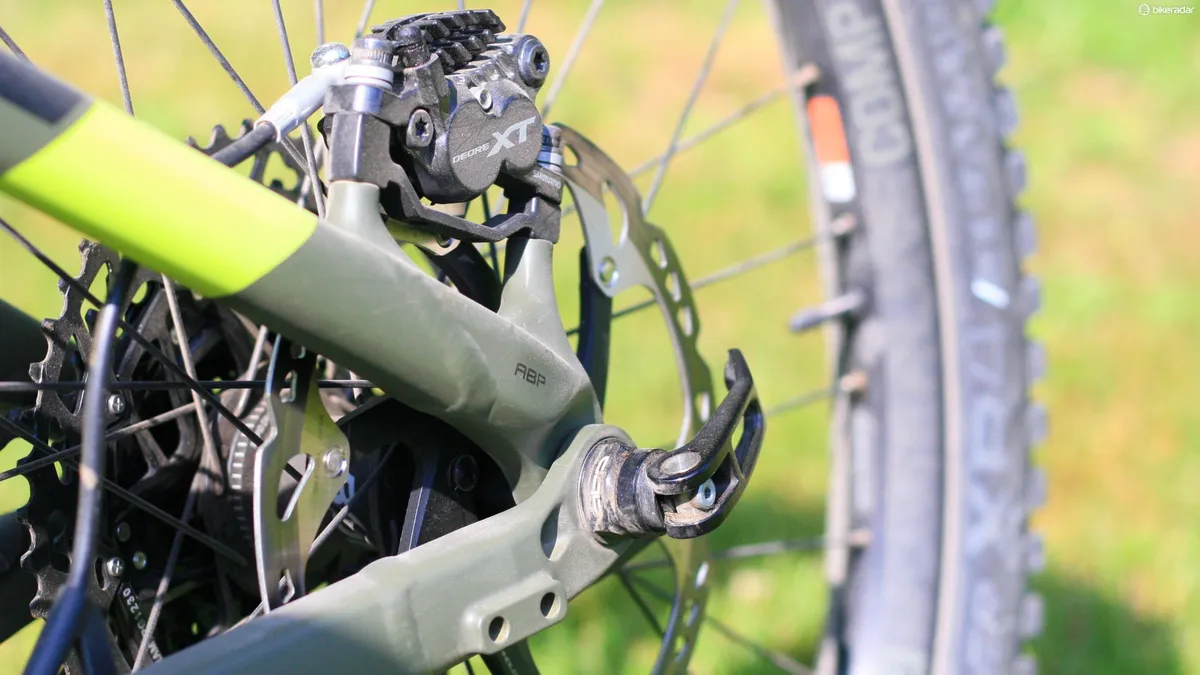
There are some nice design touches on the frame. The Knock Block system prevents the bars spinning too much in a crash, removing the potential for the fork crown to hit the down tube — this allows Trek to keep the down tube straight from the head tube to the bottom bracket, which should be lighter and stiffer.
There are also little rubber bump stops on the downtube, but personally I find the Knock Block system a little annoying when turning the bars for storage.
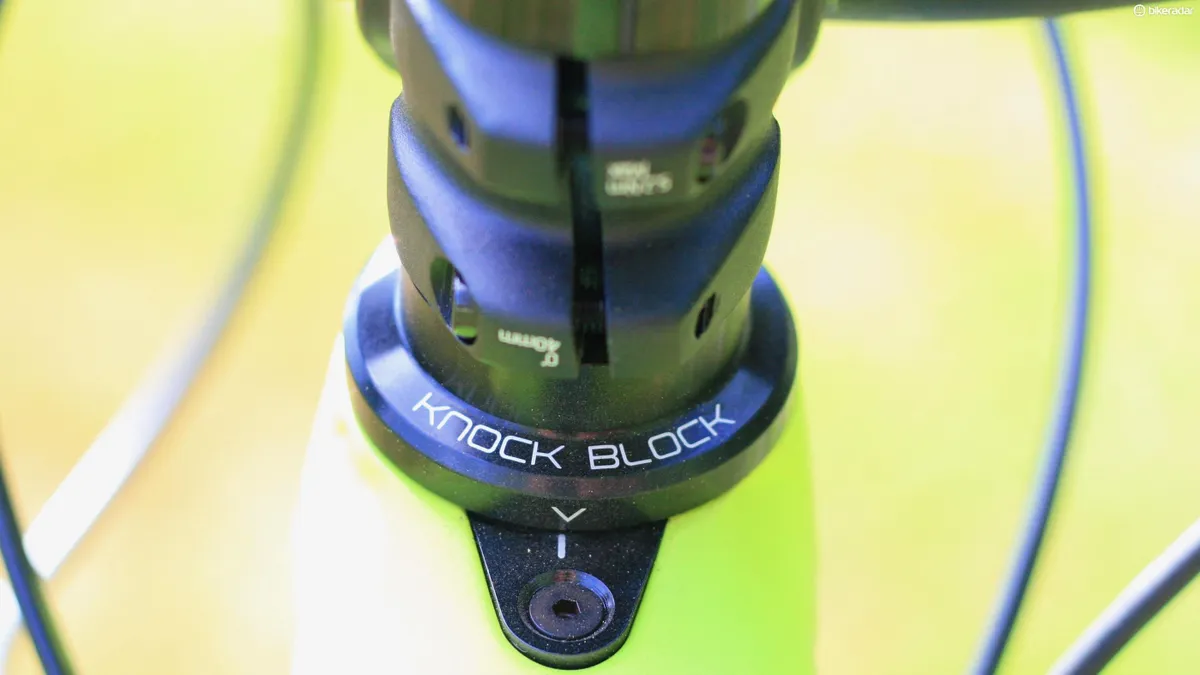
There’s room for a bottle cage, and the internal cable routing is neat. There’s a rubberised chainstay protector on the drive side, and even a kickstand mount on the non-drive. Trek has also updated the Powerfly LT to be able to accept 2.8in tyres.
Trek Powerfly LT 9 kit
This is the highest tier alloy LT and the kit seems fair for the price of the bike.
Trek use the Bosch Performance CX motor, with a 500Wh PowerTube battery. Trek believes this is the motor with the best global backup and consistence in supply.
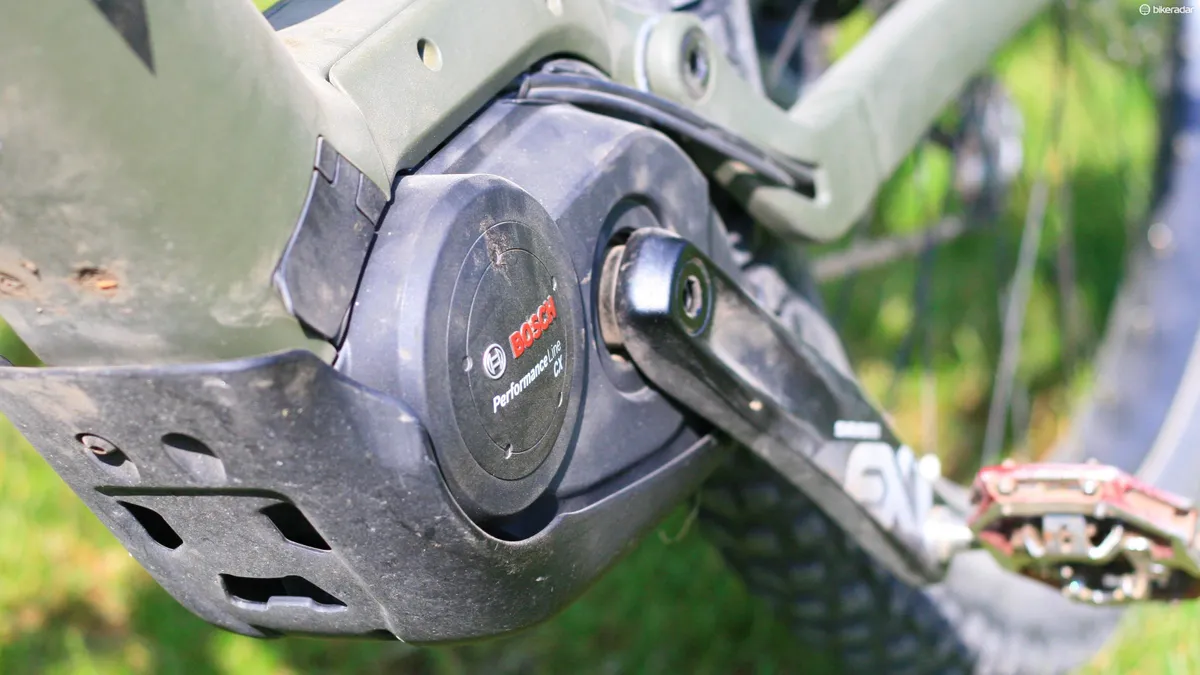
The fork is a 160mm Fox Performance 36 with the GRIP damper and the G2 Geometry 51mm offset. The chassis is the e-bike optimised version, which is a touch stiffer (and heavier) than the standard one.
The rear suspension is controlled by a RockShox Deluxe RT3 RE:aktiv shock. This effectively has a platform that keeps the shock stable through rider inputs, but opens on impacts – the idea is that it’s good for pedalling, but is also responsive to trail debris inputs.
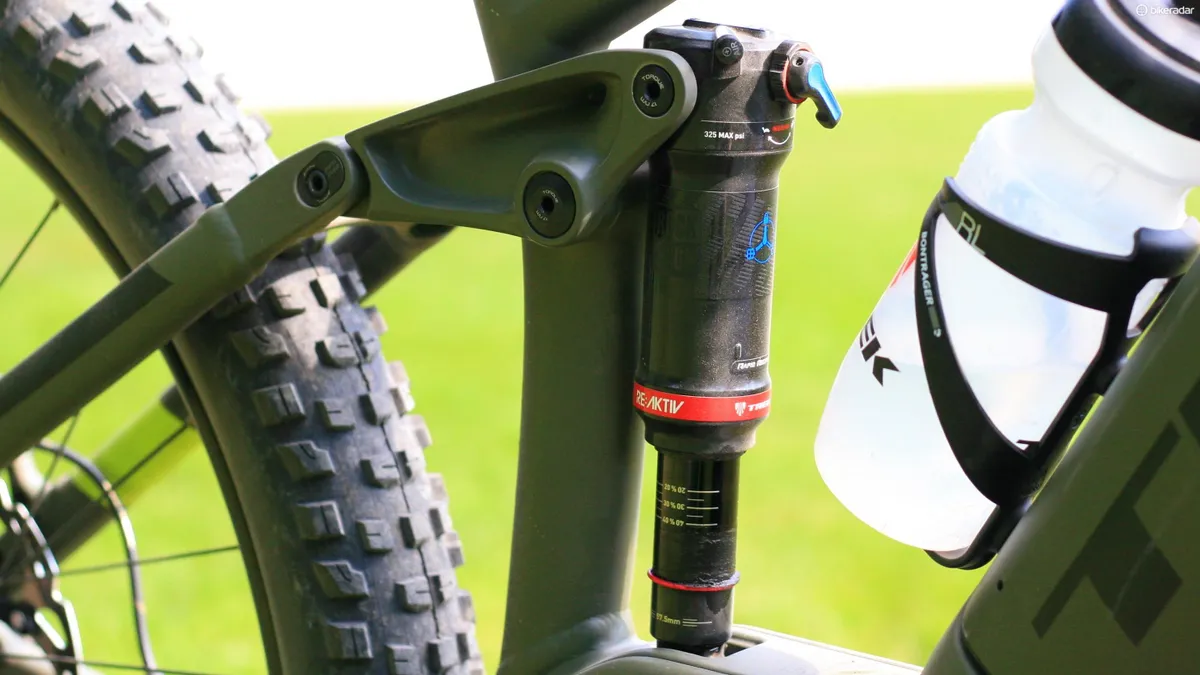
Bontrager’s Powerline Comp wheels are alloy and wide. They’re also DH certified, but are built with e-MTBs in mind. On the Powerfly LT 9 they’re paired with Bontrager XR4 tyres in a 2.8in width.
There’s a SRAM GX shifter, which is the e-MTB version allowing only one shift at a time, with a GX Eagle mech. The cassette is the new NX Eagle version with an 11-50t range — this is the only Eagle cassette rated for e-MTBs, hence its use. There’s then an X1 alloy crank attached to the Bosch motor.
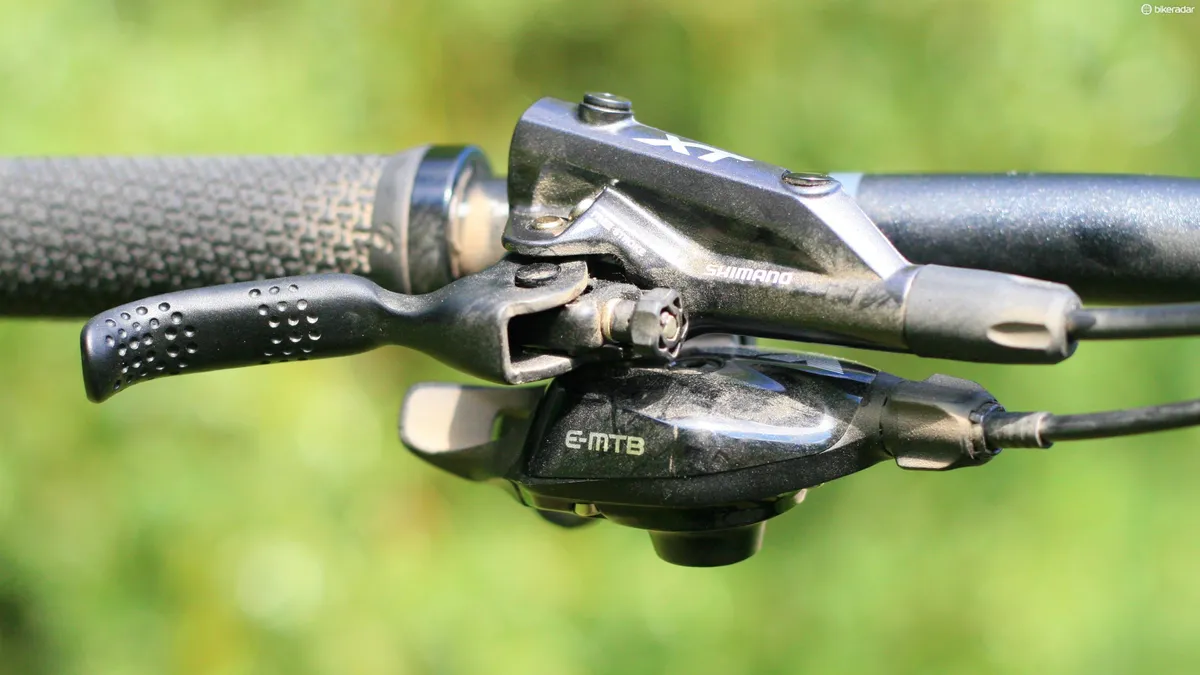
Shimano’s new four-pot XT brakes provide the stopping power, and Bontrager provides the remainder of the finishing kit.
Trek Powerfly LT 9 ride impressions
While the Bosch motor has a number of modes, I kept the bike largely in the e-MTB mode, which is a relatively recent addition to the software.
It’s a more intuitive, natural-feeling mode than the simple Eco/Tour/Boost modes, and gives finer control of the power to the rear wheel, as it adjusts its power output between Eco, Tour and Boost automatically, depending on gradient and cadence.
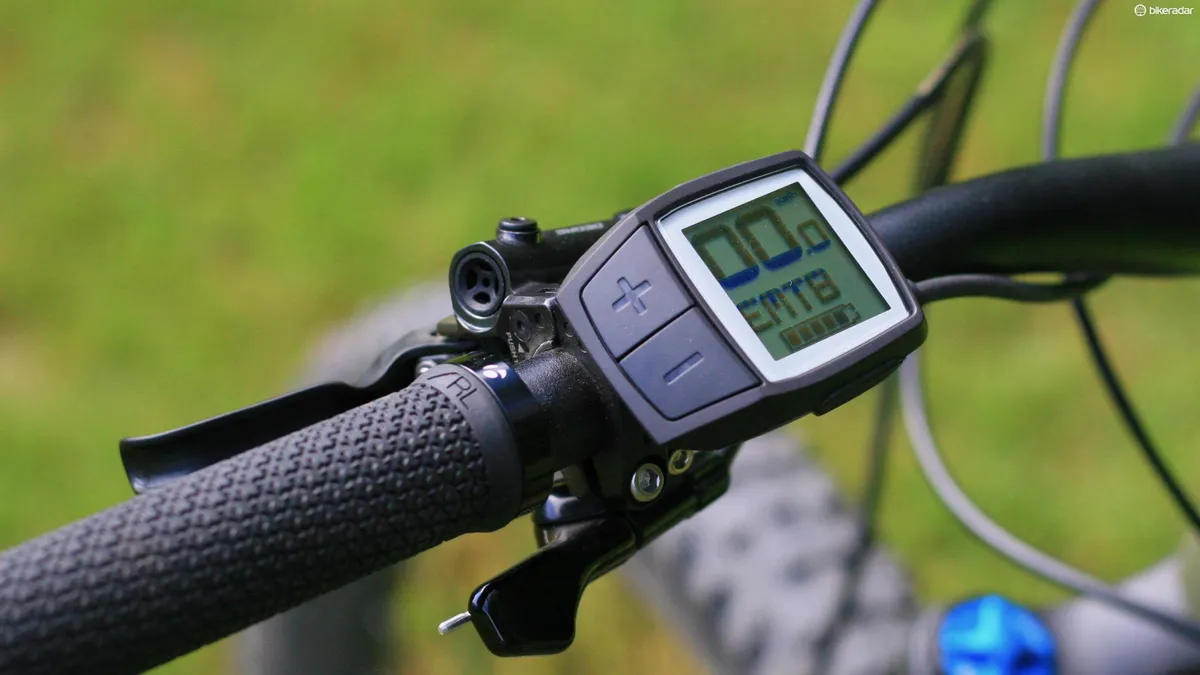
The bike, with its long chanstays and chunky 2.8in tyres does climb very well. On steep climbs there’s minimal wandering or lifting from the front wheel, while the back end seems to dig in to the dirt. When things get twistier uphill, there doesn’t seem to be any noticeable disadvantage to that long rear-end either.
I like Trek’s rear suspension, the system works well on a wide range of trails, and the RE:aktiv system does seem to do a fair job of keeping the back end pretty stable. While more noticeable on a bike such as the Fuel EX, on an e-MTB, keeping things controlled is still important.
On both high-frequency chatter and big hits, the suspension remains composed, meaning the tyres are better equipped to do their job.
Up front the Performance 36 did a solid job. The e-MTB-specific chassis is stiff, and the simple GRIP damper is pretty smooth – aided by the additional mass of the bike, which always seems to make suspension feel that little bit better.
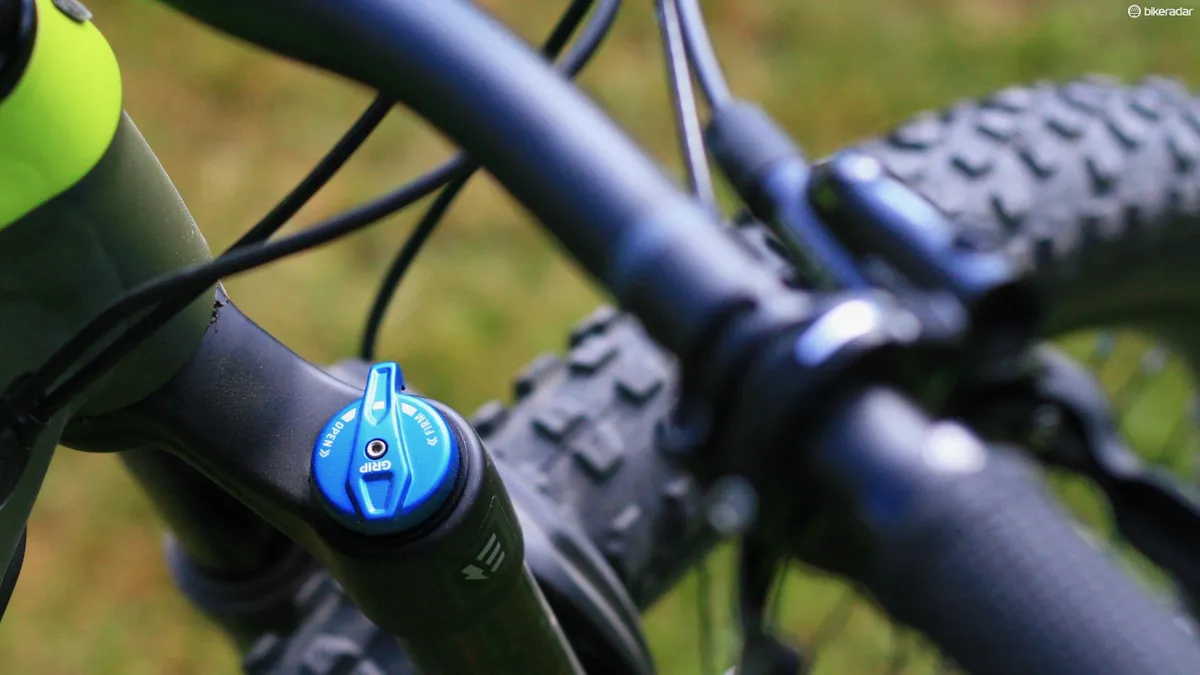
The long back end is a constant across the size ranges, and so while the front end of the large isn’t super long, it’s still a relatively balanced-feeling bike. Riders looking at smaller frames might find that length bias shifts quite far rearward as the bikes get smaller.
The integrated battery keeps the centre of mass relatively low, which is beneficial for cornering, as the bottom bracket isn’t super slammed.
While the head angle is relatively slack, it was perhaps cornering where the Powerfly LT 9 was most likely to come unstuck, and that’s just because I found the XR4 tyre a little too rounded for my tastes — there’s not a super-aggressive shoulder tread, so the front wheel didn’t always have that much bite when leaned over.
Stop-and-go functionality from Shimano’s bigger XT brakes and SRAM’s Eagle group was as competent as ever too. I had no bite-point issues with the XT brakes, and the single shift GX Eagle shifter makes a lot of sense on an e-MTB.
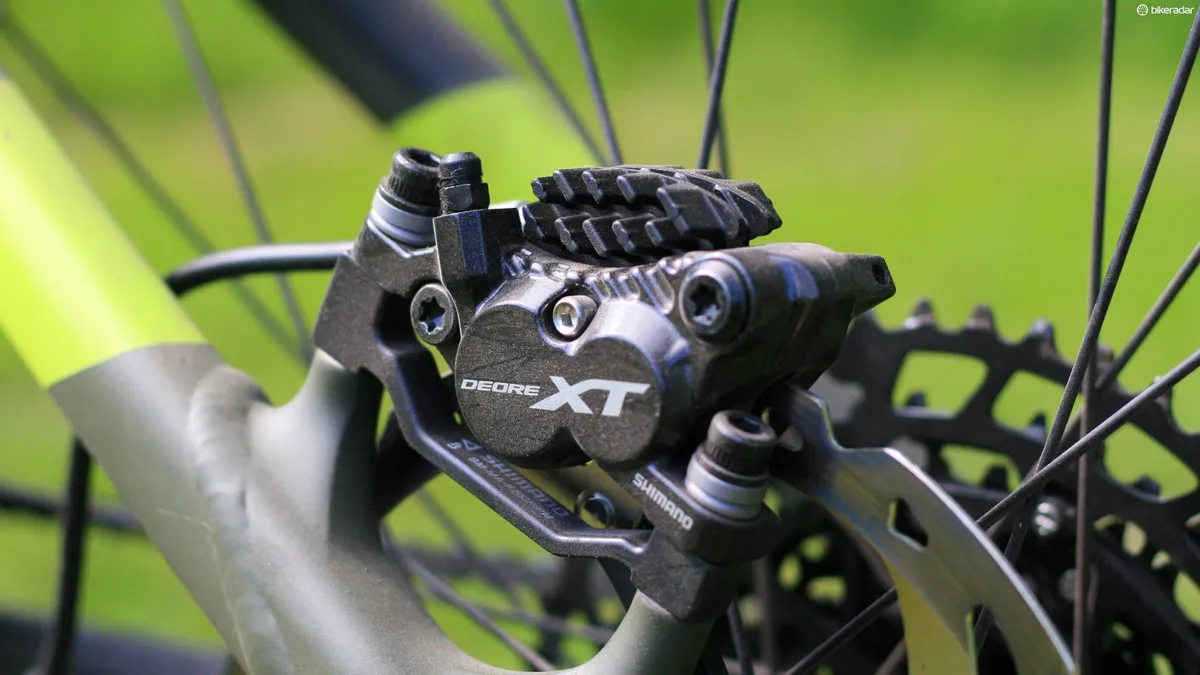
Bontrager’s finishing kit is as good as it ever is, though I was happy to hear there’s been an update on the Line dropper post, which Trek says should be more durable and serviceable.
Trek Powerfly LT 9 ride early verdict
Improving integration of the battery makes the Powerfly LT 9 a really smart proposition. If you’re looking for a long enduro-focused e-MTB then you might be looking elsewhere, but this is a well-balanced bike that still feels comfortable when you let off the brakes and let gravity do its thing.
